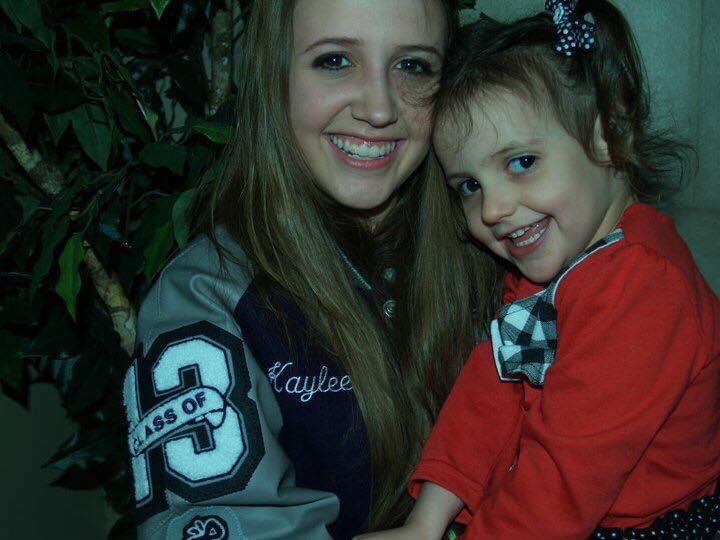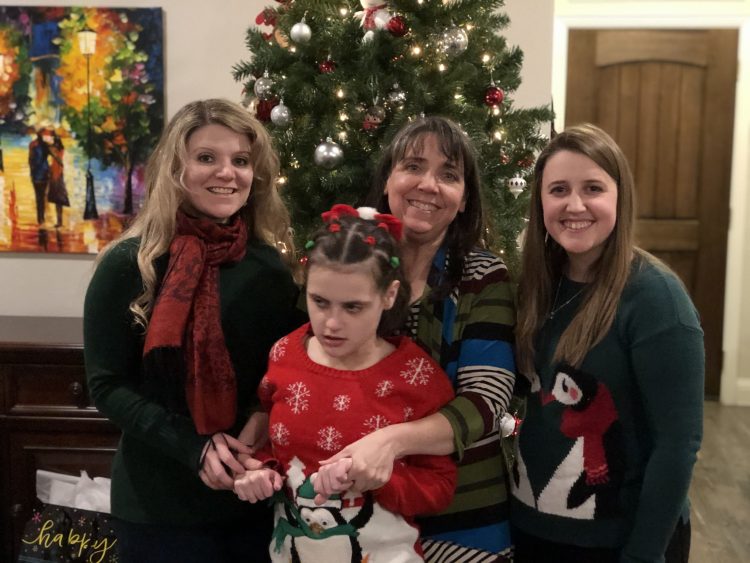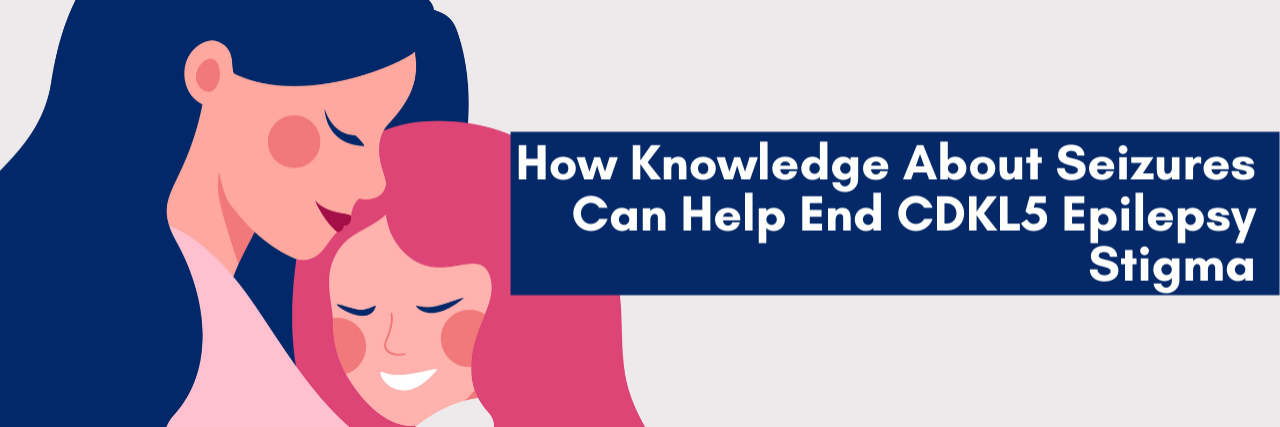Most parents relish in discovering new things about their child, from the moment they exit the womb. They want to know what their child will look like, what they will do, what foods they will like, and who they will become. A good parent treasures these moments, but what happens when those new discoveries evoke fear and anxiety? Fourteen years ago, I experienced something that no one wants to experience: my daughter Samantha’s first seizure. I will never forget the fear I felt when I saw her tiny eyes roll back into her head and her infant body shake uncontrollably. I had never seen a seizure before, but I knew that was what it was. This episode only lasted about 10 seconds, but it felt like a lifetime. That 10 seconds was the beginning of a journey toward CDKL5 deficiency disorder diagnosis. CDKL5 is a rare developmental epileptic encephalopathy, otherwise known as a disorder that causes severe developmental delays and epilepsy. This diagnosis was heartbreaking…but it also provided some motivation to spread awareness and help eliminate the stigma surrounding developmental disabilities and epilepsy.

As Samantha grew, her seizures changed. They became longer, stronger and began to require rescue medicine. In the beginning the fear was paralyzing, but then it somehow became part of our normal. Now, 14 years later, as much as I hate to admit it, the fear has changed to tolerance. But please do not misunderstand: I still hate every seizure. That part hasn’t changed. However now a 5-minute seizure no longer feels like a lifetime. In fact, it feels short in comparison to the common 7- to 10-minute seizures that occur. The original fear morphed into a lesson of acceptance and a new way of life. It was our family’s new normal. We forgot about our fear, and we lived our lives. This life included facing all the challenges associated with CDKL5, including gastrointestinal problems, impaired hand use, delays in all motor skills, lack of communication and many other issues. However, it seems that, when it comes to the impact on others, the seizures seem to evoke the most stress, concern and physical reaction.
One day, we were at an event for Samantha’s older sister, Kaylee, and several of Kaylee’s friends were there. Late that evening, as we were saying our goodbyes, Samantha had a seizure. Kaylee set a timer on her phone to help me track the time. Next, she grabbed the VNS magnet, which activates an implanted device that helps control seizure activity. Kaylee handed me the magnet as I tried to get Samantha into a safe position to protect her head and airway, as well as ensure she could not injure herself. We were going through procedures that we perform almost every day. I took Samantha to the car, and I told Kaylee to take her time saying her goodbyes.

Having never seen a seizure, one of Kaylee’s closest friends became very emotional after I had left. On our way home, Kaylee burst into tears. I asked her what was wrong.
She replied, “Am I cold? Am I uncaring? She said I was, because all I did was start a timer on my phone, get the magnet, and I didn’t even care that Samantha was having a seizure. She said I didn’t cry or anything.”
I pulled the car over on the side of the road, realizing that even though this seizure was not shocking to us, it was extremely shocking to the new friend. I turned to Kaylee and said, “You are NOT cold and uncaring. You did exactly what Samantha needed you to do, because you have learned the importance of timing a seizure, using the magnet, and making certain she is safe. You were calm and level-headed. That does not equal uncaring.”
I asked Kaylee if she remembered how she felt with the first seizure. I explained that her friend was where she was back then, and there was no way this friend could understand how Kaylee felt after witnessing hundreds of seizures. I told her I was sorry that I wasn’t there to explain this to her friend, but I would talk to her. This seemed to reassure Kaylee and help her to know that she was a loving and caring sister.
The very next week, Kaylee had other friends over, and Samantha had a seizure. Again, Kaylee sprang into action, assisting me and doing what needed to be done to help Samantha. This time, the friend went home and told his mother how amazing Kaylee was. He said Kaylee was brave and knew exactly what to do. He was quite impressed. When his mom shared this with me, I couldn’t help but see the irony and the lesson of personal perspective.
These two contrasting experiences between Kaylee’s friends changed the way I viewed my responsibilities regarding others when it comes to seizures. I started educating our friends and guests on the possibility of a seizure and what to expect if one occurs. When we fly, I inform the person sitting next to us about her disorder and answer any questions they have. This helps me raise awareness, and it has also helped greatly in easing other peoples’ fears about seizures. This is part of the stigma that knowledge can and will end. Epilepsy is not anything to hide or be ashamed of. On the contrary, it needs to have a light shined on it. The basic care of the person having a seizure needs to be taught. By sharing epilepsy stories and seizure safety, we create a personal connection with epilepsy, and we can change public perception. Hopefully, this can lead to a world without this stigma.


